This post is part of a series of image posts Ancient History et cetera will be putting together each month. Todays post is all about ancient Mesopotamian Relief!
Mesopotamia (from the Greek, meaning ‘between two rivers’) was an ancient region in the eastern Mediterranean. Surrounded in the northeast by the Zagros Mountains and in the southeast by the Arabian Plateau. Ancient Mesopotamia corresponds to today’s Iraq and parts of modern-day Iran, Syria and Turkey. Mesopotamia was a collection of varied cultures whose only real bonds were their script, gods and attitude toward women.
A relief is a sculptural technique. To create a sculpture in relief is to give the impression that the sculpted material has been raised above the background material. Like many ancient cultures Mesopotamians also produced artistic relief’s featuring events, places and people of importance.
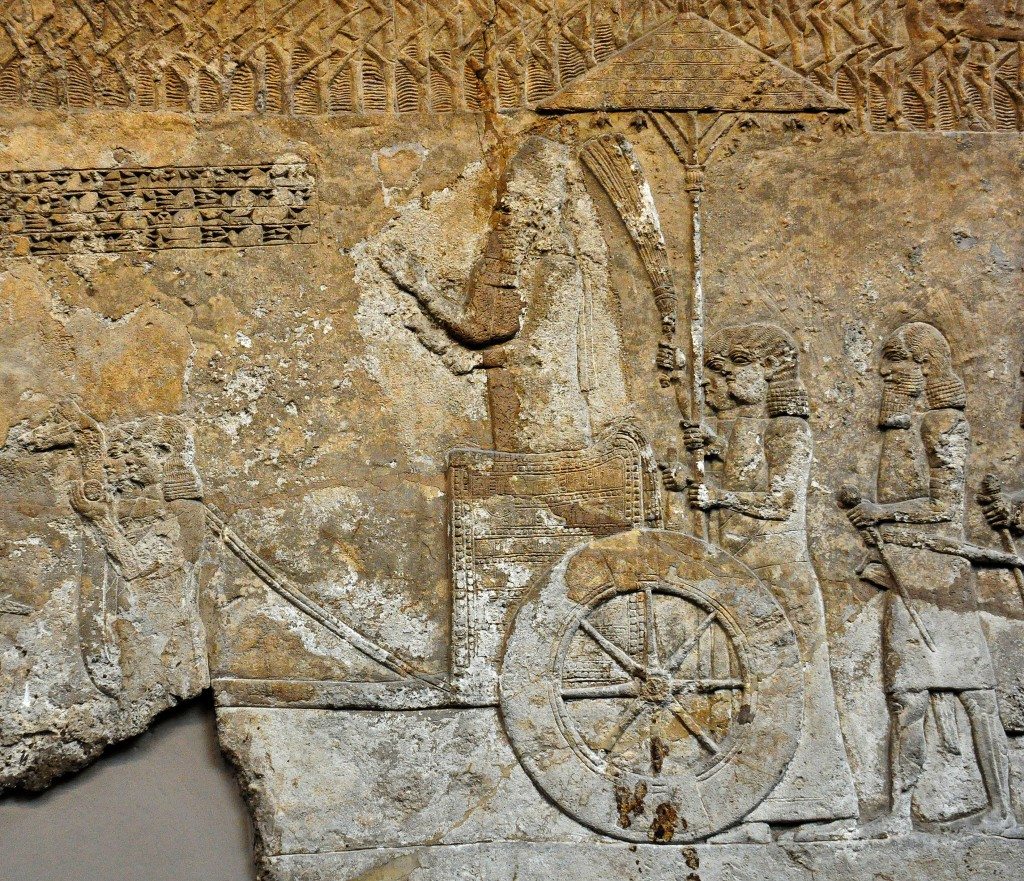
This bas-relief is part of a series of reliefs which depict the formation and transport of a colossal winged-bull (Lamassu) for the palace of the Assyrian king Sennacherib. In this relief, the king stands in a rickshaw (a royal chariot which pulled by two servants) and he watches the progress of the work. A servant fans the king and another one holds a sunshade over the king’s head. From court VI, probably panel 60 of the South-West palace at Nineveh (modern Mosul Governorate, Iraq), northern Mesopotamia. Neo-Assyrian period, 700-692 BCE. (The British Museum, London). Photo © Osama Shukir Muhammed Amin FRCP (Glasg)
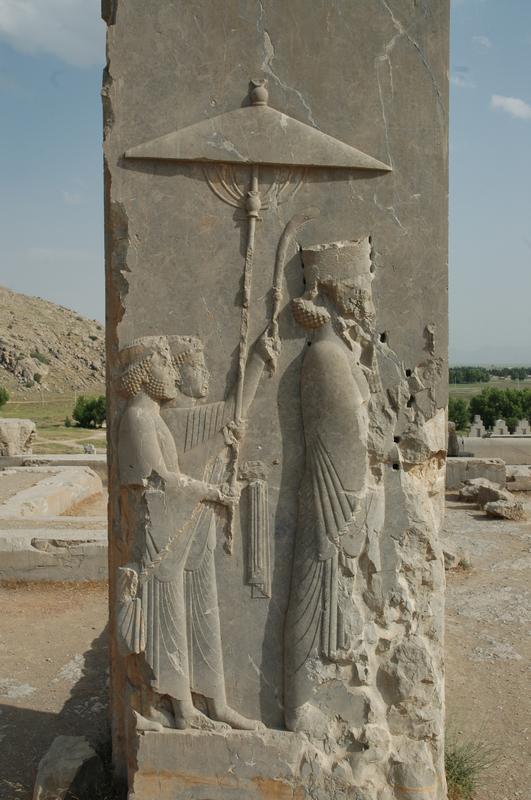
A relief with a representation of Persian King Xerxes I. 5th century BCE, Persepolis. Photo © Jona Lendering
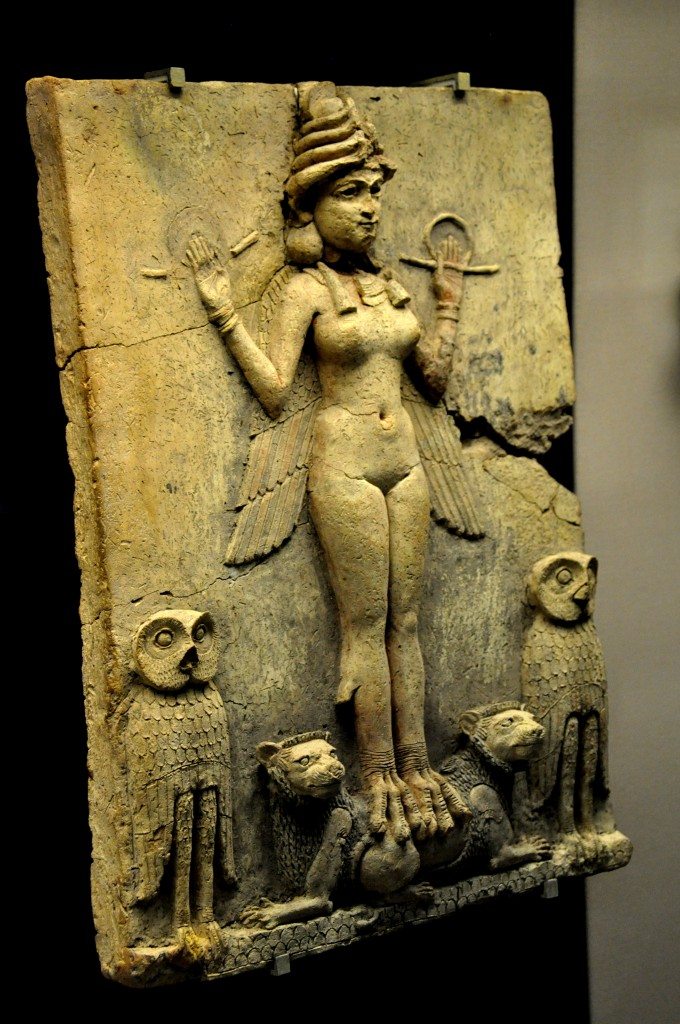
The figure could be an aspect of the goddess Ishtar, Mesopotamian goddess of sexual love and war, or Ishtar’s sister and rival, the goddess Ereshkigal who ruled over the Underworld, or the demoness Lilitu, known in the Bible as Lilith. The plaque probably stood in a shrine. Old Babylonian era, 1800-1750 BCE, from southern Iraq (place of excavation is unknown), Mesopotamia, Iraq. (The British Museum, London). Photo © Osama Shukir Muhammed Amin FRCP (Glasg)
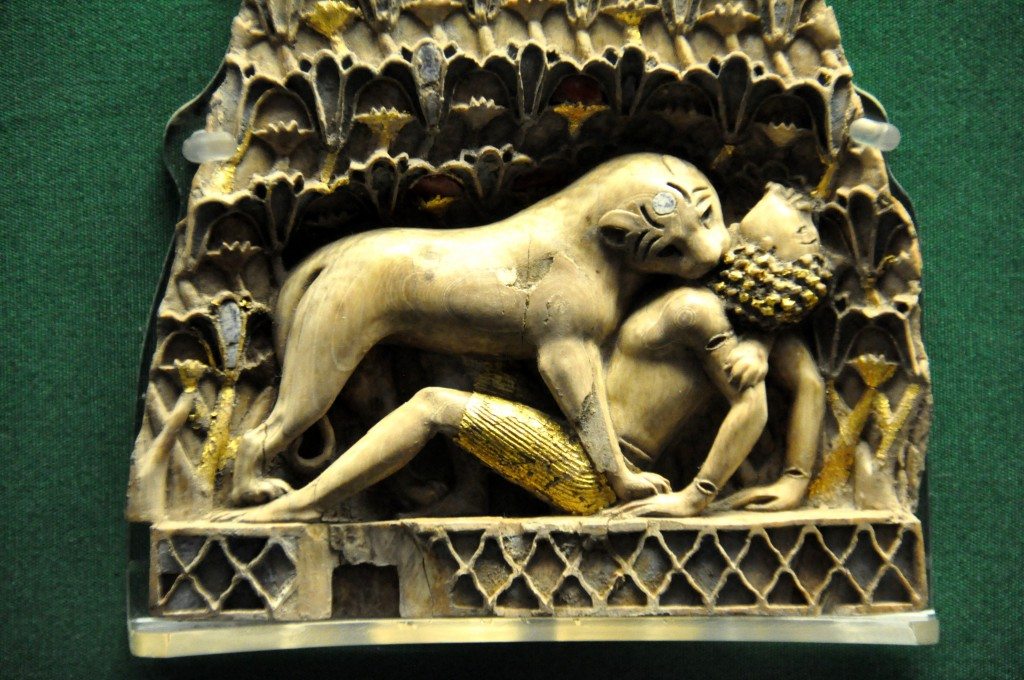
This carved ivory panel is one of an almost identical pair with one now in the Iraq Museum, Baghdad. They originally formed part of a piece of furniture, perhaps a throne. The incised letter ‘aleph’ beside holes on the top and bottom of the panel would have served as a construction guide. c. 9th-8th century BCE. From the palace of Ashurnasirpal II, Nimrud, northern Mesopotamia, Iraq. (The British Museum, London). Photo © Osama Shukir Muhammed Amin FRCP (Glasg)
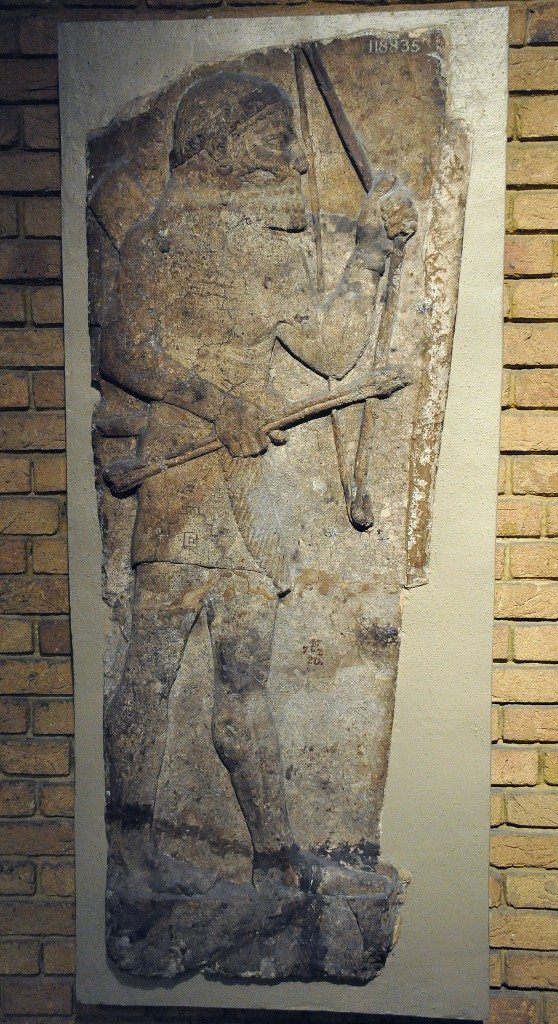
This gypsum relief, which depicts an archer, was part of a larger wall relief that demonstrates the Assyrian army and Sargon II’s attack on the city of Amqaruna (Biblical Ekron) in central Palestine, probably in 720 BCE. The archer holds a bow and arrows and wears a loin-cloth with fringe; obviously he is not an Assyrian soldier (an enemy?). From the palace of Sargon II at the city of Khorsabad (ancient Dur-Sharrukin), northern Mesopotamia. Iraq. Neo-Assyrian period, 710-705 BCE. (The British Museum, London). Photo © Osama Shukir Muhammed Amin FRCP (Glasg)
[embedyt]http://www.youtube.com/watch?v=lKKi5yyAZLg[/embedyt]Monique Seefried, consulting curator of Near Eastern Art at the Michael C. Carlos Museum, describes this stone palace wall relief panel of an Assyrian winged deity from the Palace of Ashurnasirpal II (reigned 883-859 BCE) from the ancient city of Nimrud, capital of the Neo-Assyrian Empire, in present-day Iraq. It is north of Baghdad, 21 miles SE of Mosul.
